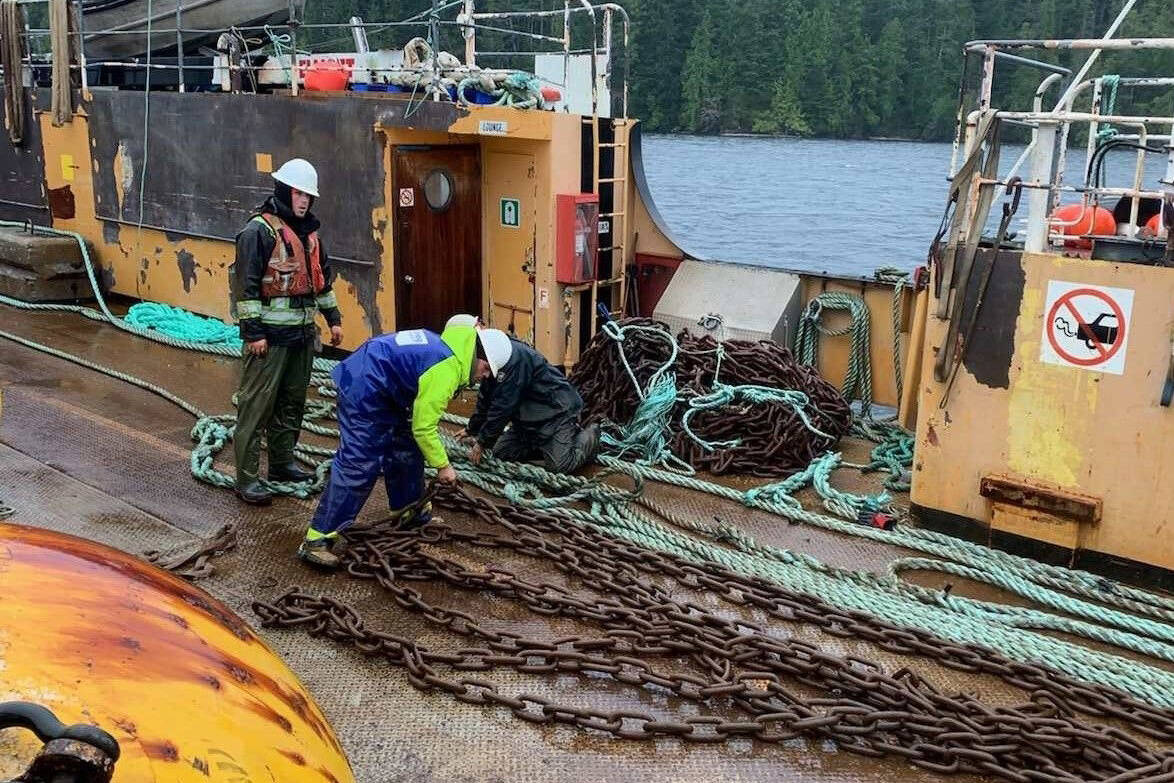An app-based notification system promises to get the right information to the right people quicker when hazardous spills happen in the territories of rural and remote First Nations.
B.C. Environment Minister George Heyman said 22 First Nations have already adopted the system following its launch as a pilot project in 2020. “We are really encouraging other Nations to express interest to us and we have staff ready to work with them to ensure that it is implemented smoothly.”
Current users include among others Council of Haida Nation, Squamish Nation and Nanwakolas Council.
Heyman added that he does not foresee any costs for Nations wanting to join, noting that government will provide the necessary training and support to ensure the system’s implementation as part of a collaborative effort.
Responding effectively to hazardous spills starts with alerting the right local authorities, which can be a challenge.
“One of the unique features of this app is that it can be programmed to contact a landline for those Nations that may have spotty Internet or cell service,” Heyman said. “It’s really been designed to ensure that we are not just contacting the right people in the Nation, but tailoring our procedures and the app for remote locations — hence we trialed it with the coastal First Nations and the North Coast.”
Heyman said the system currently focuses on spills, but pointed to a potential expansion.
“In collaboration with the (Ministry of) Emergency Management and Climate Readiness, which has overall responsibility for emergency response, we’re looking at how we can effectively integrate all the other potential emergencies that we want to contact First Nations effectively to address.”
RELATED: Hazardous spills increasing, B.C. not prepared or transparent
Heyman said the app is the latest example of government using the latest available technology to make contact and response more efficient and more targeted than it has been.
“The beauty of the app system is that we can work with every First Nation to make it work,” he said. With 22 First Nations signed on, Heyman said the province wants to hear from the other 180-plus First Nations.
“We all become hyper-aware of what our response capacity is like when there is an environmental emergency, whether it is a wildfire or a spill and we are really trying to ensure that the tools and the plans and the procedures are well-entrenched and well in place before a crisis happens,” he said. “We all hope they don’t happen, but they do. So this (app) is part of working hard to address the gaps that the auditor-general identified…as well as the ones, we knew were there from our own observation.”
A recent audit of the Ministry of Environment and Climate Change Strategy’s management of hazardous spills looked at how the province notified nearby communities, including First Nations, of high-risk incidents.
The report found that the response officers notified non-First Nations governments in all 12 high-risk incidents that took place between Nov. 23, 2020, and March 1, 2023. But response officers did not follow procedures in notifying First Nations in three of those cases.
Pickup’s report acknowledges the ministry’s recognition that with “over 200 distinct First Nations” in B.C, the ministry “had difficulties consistently notifying potentially affected First Nations” in noting that it “planned to pilot an automated notification system for 14 coastal First Nations.”
That system was not online at the time of the audit.
Pickup’s report recommended that the ministry “implement a process to help ensure that First Nations are notified about hazardous spills” and the ministry said in its response that it has taken “steps to improve First Nations notifications including the launch of a pilot program using a web-based software system.”

